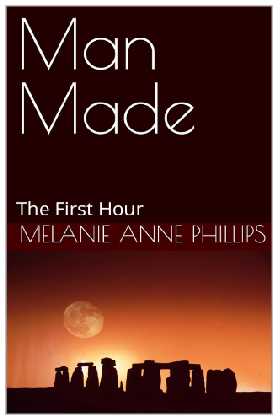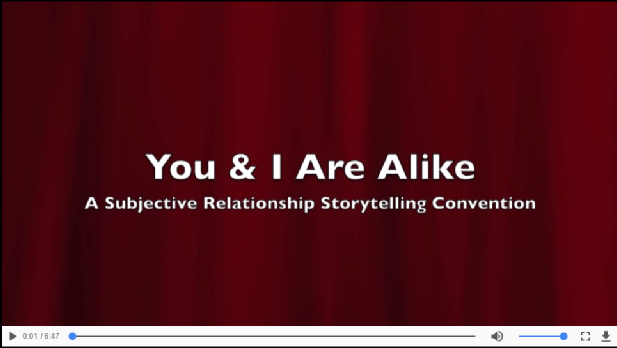
Read the Science Fiction Thriller
From the founder of Storymind
Man Made follows a mysterious force as it sweeps around the globe erasing anything man made - from buildings, vehicles, and technology to medicines, clothing, and dental work.
Governments stagger under the panic, religions are at a loss for an explanation, scientists strive for any means to stop or divert the phenomenon, and the world’s population from families to individuals struggle to prepare for The Event, which will drive humanity back beyond the stone age.
The Event is coming.
Are you prepared?
This compilation video (used in my class on Dramatica story structure) really illustrates the philosophical conflict between the Main Character and the Influence Character, which is the heart of your story’s message.
Once you have viewed the video, note that one says “we’re just alike” and the other says, “we’re nothing alike.” How can they be so blind to the other character’s point of view? Because it is like one saying, “we’re alike because we are both fruit” and the other saying, “we’re nothing alike because you are an apple and I am an orange.”
You see, they are BOTH right, depending on the context. So the real philosophical argument is actually over which of the two contexts is the most truthful or the best way of looking at their relationship and by extension of looking at life. THAT is the theme of the whole story, and the message is which way you, the author, “proves” is best.


